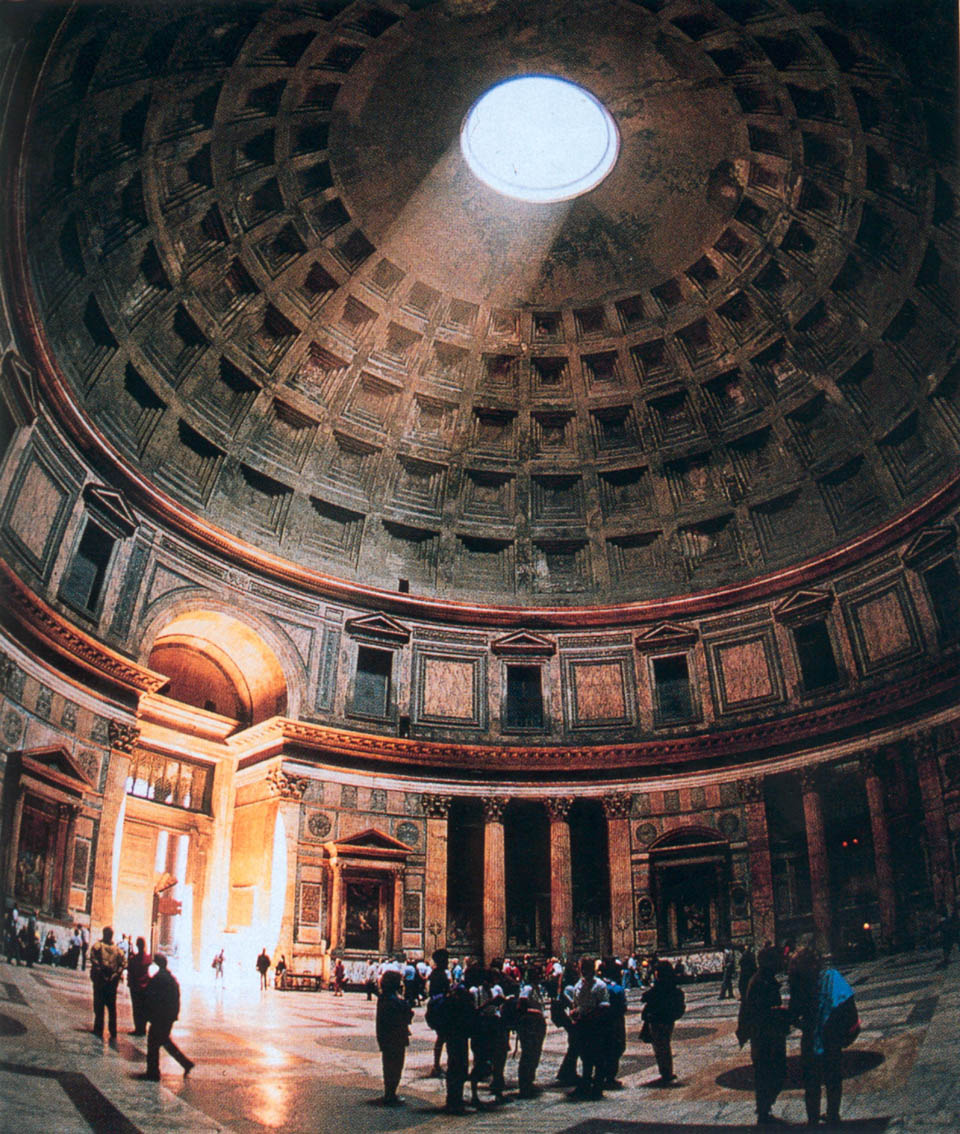Hi Guys,
The following are the minimum requirements that are required to be posted to your blog for assessment. There are two ways you can make clear which of your posts you wish to be assessed, however I will be reviewing your whole blog as evidence of your development of the experiment. The first way is to post a blog with a series of links to each of the posts on your blog that demonstrate each of the below requirements. A second option is to make a final blog post with each of the requirements below included in that post. Kelvins blog makes a good example of the first option, you can check it out <by clicking here>.
3 project images with an adjective, verb and noun DESCRIBING each
Do the three words work together to suggest a distinctive and significant approach to engaging with each clients work?
18
sketch sections
Do the 18 sketch sections communicate a distinctive and significant approach the student has taken with respect to the clients work and their relationship to the datum?
36
custom textures
Do the 36 custom textures demonstrate enquiry and experimentation with respect to ideas of measurement?
7 images showing 2 draft
sketchup models and 1 developed model
Does the stair demonstrate a distinctive and significant approach to bringing the completed work into the showroom?
3
animations from sketchup
Do animations demonstrate that the student has thought about the relative size of each element, what their proportions are, their orientation, how texture and color map over their surfaces and how all of the above work together to establish the balance or otherwise of their scheme?
Good luck with it all and see you all next week to commence with experiment two.
Cheers
Chris













